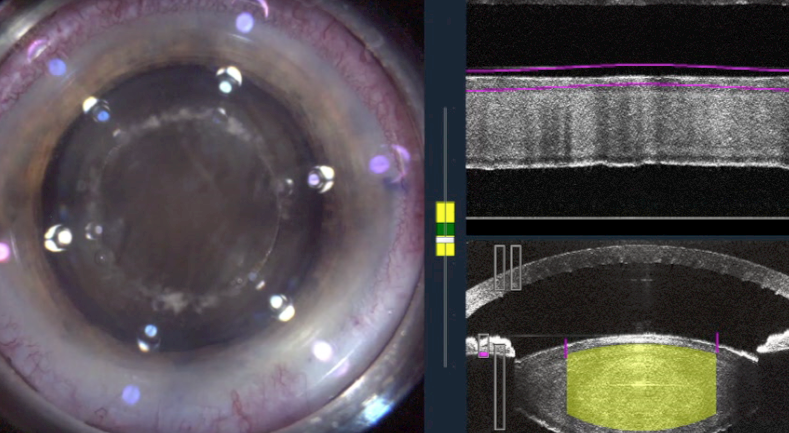Exclusive to the Acorn group of newspapers
There are a number of advantages to using the laser in cataract surgery. Mainly, the surgeon can plan the exact size of the eye capsule opening that is needed for the replacement lens. With lasers, the doctor can also determine the exact pattern in which the old lens will be broken up.
Tests prior to the procedure include obtaining a colored image of the surface of the eye and measuring the length of the eye.
A detailed clinical slit exam is required to assess the thickness, color and hardness of the problem lens. Any weakness in the support of the lens or abnormalities on the lens capsule must be spotted.
This information leads to a plan of action which is entered into the laser software. Modifications can be programmed and, in difficult cases, a second opinion can be obtained.
Laser cataract surgeryis safe as it does not stress the lens capsule or its support. The same holds true in traumatic cataract cases where trauma weakens the support.
Use of the laser is beneficial in making openings in eyes with thick capsules such as those of children.
In people with white or red cataracts, the capsule needs to be stained manually to be visualized, and still it may be difficult to get a good view of the area. The laser overcomes this challenge as it employs imaging in real time and vertical cutting to avoid any traction on the zonular support system.
